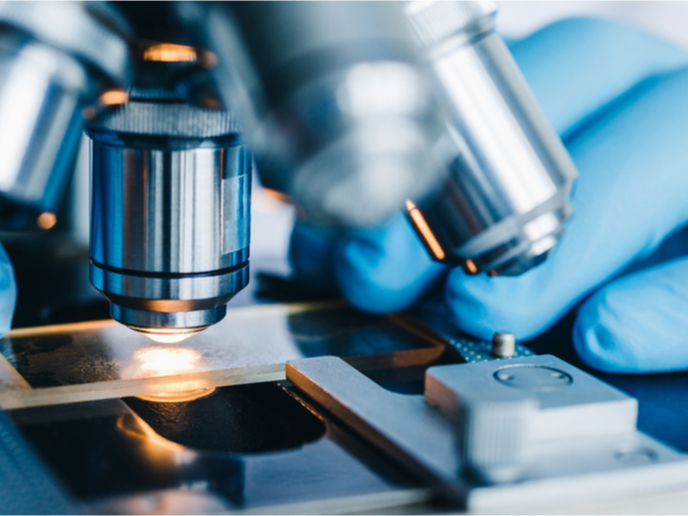New microwave microscopy platform spurs development of high-quality semiconductor materials
Nanotechnology is rapidly expanding and quietly worming its way into more products. Advances in the field open up a variety of new applications outside of the technology’s core area of microchips, such as in medicine, energy, batteries, fuels and chemical sensors. Successful manufacture of nanotechnology products requires better understanding of how matter behaves at the atomic scale. “The quality and performance of the manufactured products strongly depend on the chemical, electrical, electronic and optical properties of materials at the nanoscale. Precise control over performance may be accomplished through modifying material interfaces,” notes Kamel Haddadi, coordinator of the EU-funded MMAMA project. “Deep insight into the interface properties is crucial as they often mask or superimpose the properties of bulk semiconductors, rendering product design challenging.”
Elusive properties coming into view
MMAMA developed a new imaging platform integrating instruments and modelling tools that allows close analysis of these interfaces and modelling of their properties. “Our microwave microscopy platform enables advanced analysis of semiconductor materials used in solar cells and electronic circuits,” adds Haddadi. Scanning microwave microscopy offers a non-invasive way to explore important phenomena occurring at the scale of billionths of a metre. To give a broad outline, a near-field microwave microscopy set-up combines the exceptional spatial resolution of an atomic force microscope with the excellent electrical measurement capabilities of a vector network analyser. The atomic force microscope tip scans the sample at a distance of a few nanometres above the surface, emitting a microwave signal that is scattered by the material. Microwaves are much larger than the nanomaterial surfaces they are watching. But when emitted from a minuscule distance away, near-field microwaves reflect a surprisingly detailed image from the sample. “MMAMA demonstrated that state-of-the-art scanning microwave microscopy technology can be further improved in terms of sensitivity and spatial and temporal resolution, supporting different types of microwave probes such as tuning fork-based tips,” says Haddadi. “Our platform integrates scanning microwave microscopy tools, free-space radar imaging, impedance spectroscopy, a dielectric resonator and simulation models.” The newly developed split-post dielectric resonator operating at 10 GHz was mounted on a portable channel scanner for characterising material properties, such as the dielectric constant, at the macroscale. Cross-checking amongst different instruments and simulation models proved indispensable for obtaining reliable measurement results.
Technology applications
In the realm of third-generation solar cells, scanning microwave microscopy can capture charges moving from layer to layer through interfaces and selectively collecting at electrodes. “Scanning microwave microscopy measurements allow for characterising the electrical properties of nanostructured organic or hybrid semiconductors used in next-generation solar cells. They help predict performance in the early stage of prototype development, thereby accelerating the market launch of high-efficiency solar cells. Translating insights from microscopy measurements, a dielectric resonator could be directly integrated into the photovoltaic production lines for monitoring thin-film deposition processes,” explains Haddadi. MMAMA’s advanced multiscale microwave microscopy platform also has implications for conventional electronic chips based on p-n junctions, interfaces between semiconductors carrying positive and negative charges. Integrating instruments, software, calibration and modelling tools, the new microwave platform should enable faster development of new semiconductor materials and nanodevices.
Keywords
MMAMA, microwave microscopy, semiconductor, interface, solar cells, dielectric resonator, modelling







